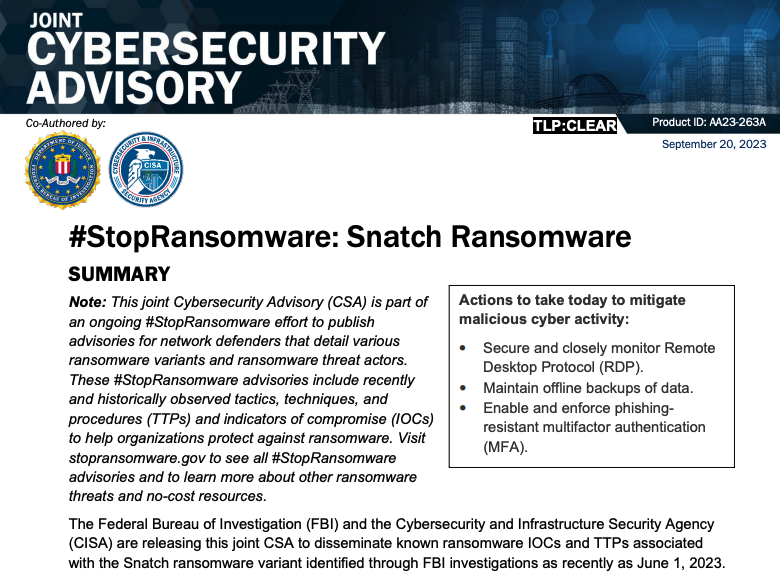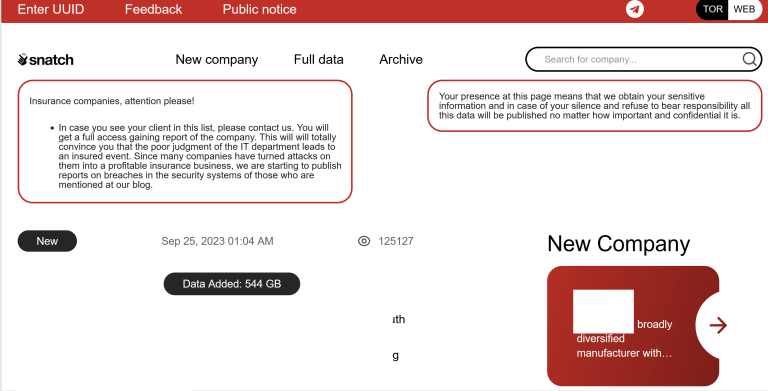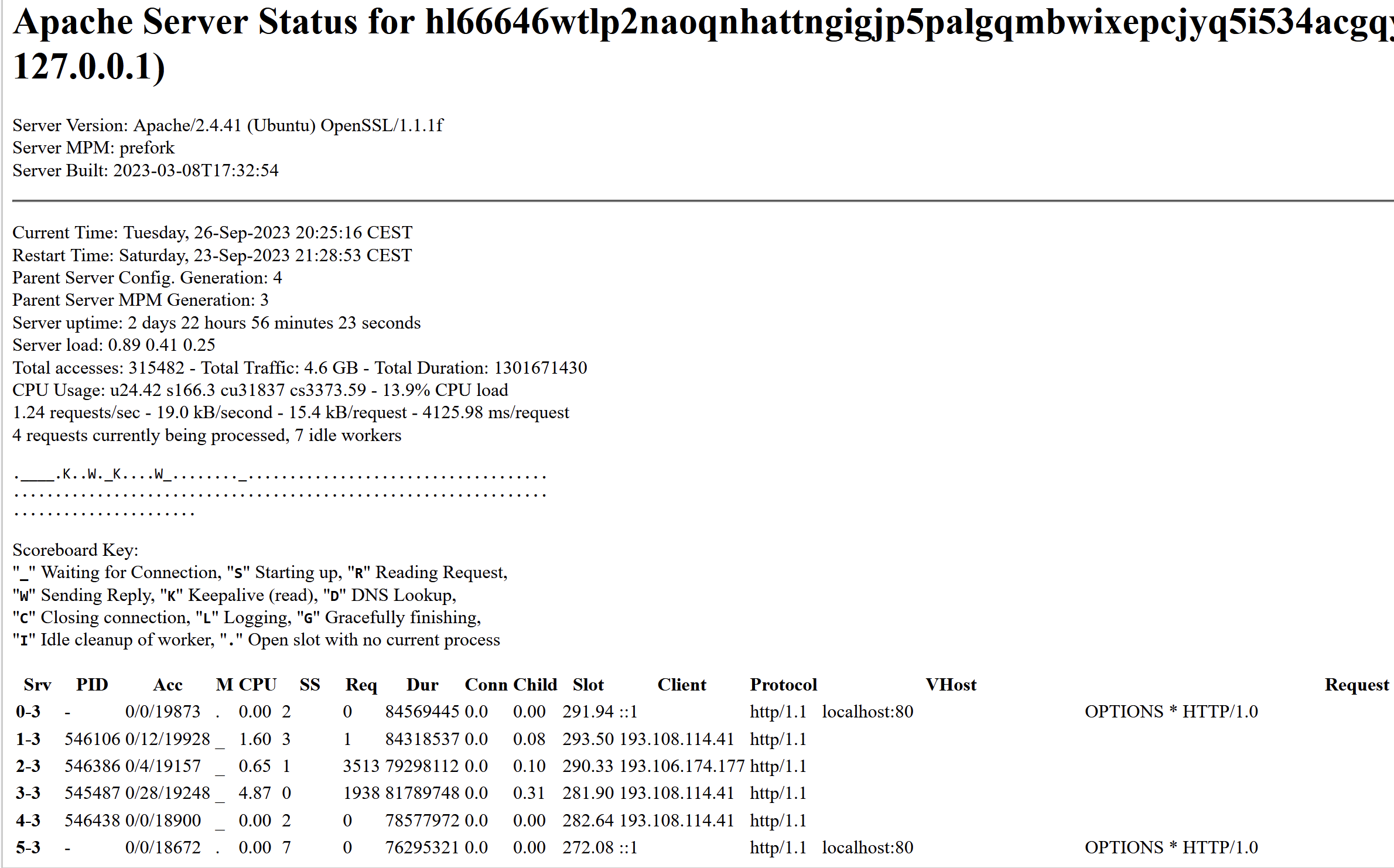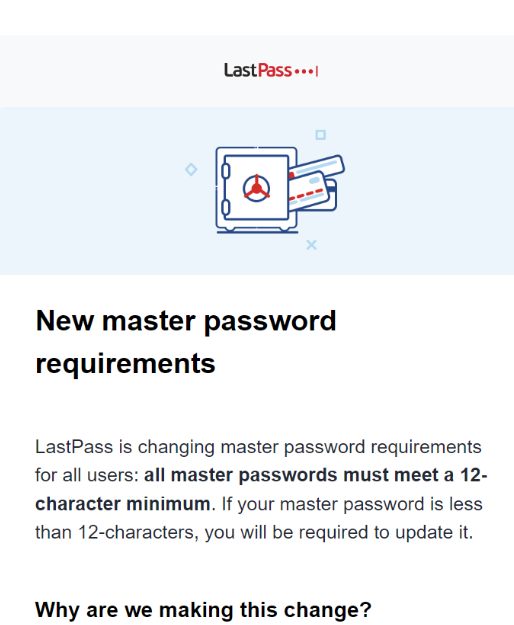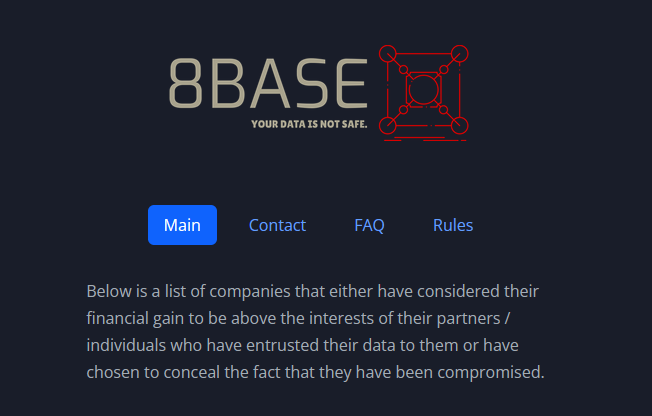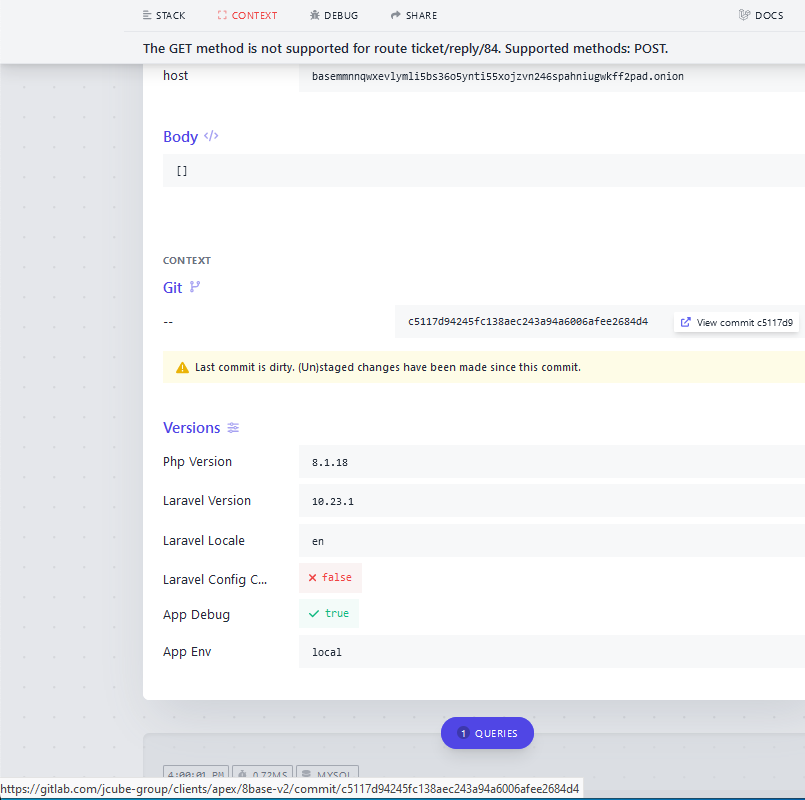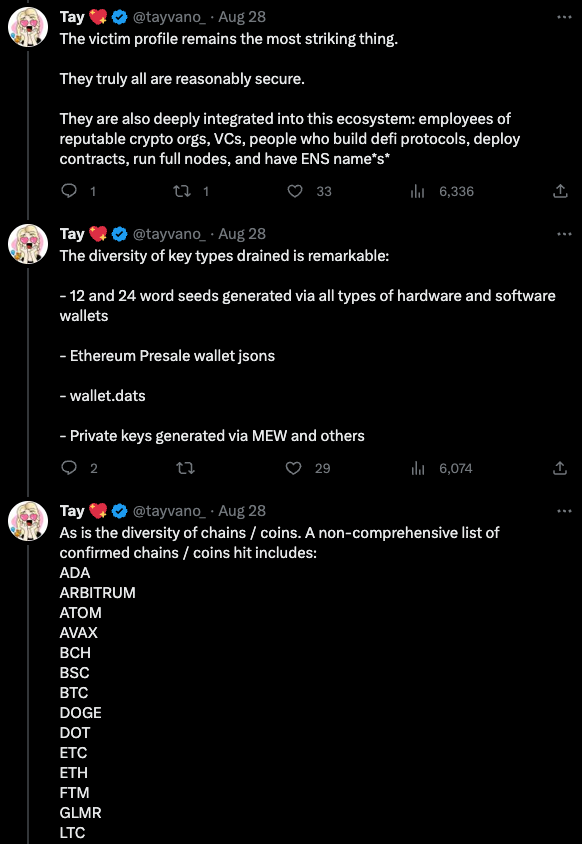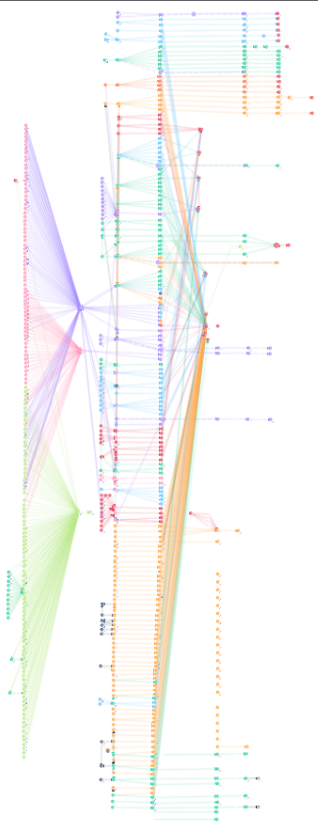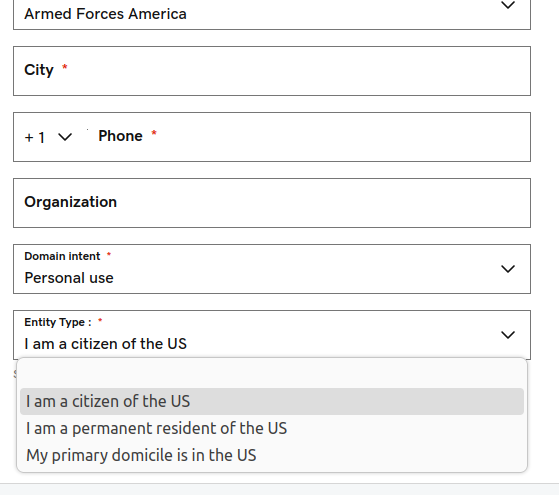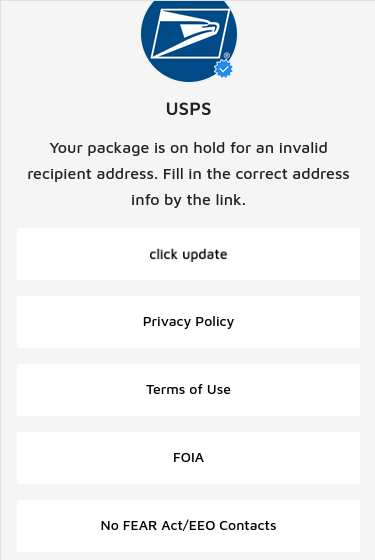
The fake USPS phishing page.
Recent weeks have seen a sizable uptick in the number of phishing scams targeting U.S. Postal Service (USPS) customers. Here’s a look at an extensive SMS phishing operation that tries to steal personal and financial data by spoofing the USPS, as well as postal services in at least a dozen other countries.
KrebsOnSecurity recently heard from a reader who received an SMS purporting to have been sent by the USPS, saying there was a problem with a package destined for the reader’s address. Clicking the link in the text message brings one to the domain usps.informedtrck[.]com.
The landing page generated by the phishing link includes the USPS logo, and says “Your package is on hold for an invalid recipient address. Fill in the correct address info by the link.” Below that message is a “Click update” button that takes the visitor to a page that asks for more information.
The remaining buttons on the phishing page all link to the real USPS.com website. After collecting your address information, the fake USPS site goes on to request additional personal and financial data.
This phishing domain was recently registered and its WHOIS ownership records are basically nonexistent. However, we can find some compelling clues about the extent of this operation by loading the phishing page in Developer Tools, a set of debugging features built into Firefox, Chrome and Safari that allow one to closely inspect a webpage’s code and operations.
Check out the bottom portion of the screenshot below, and you’ll notice that this phishing site fails to load some external resources, including an image from a link called fly.linkcdn[.]to.
A search on this domain at the always-useful URLscan.io shows that fly.linkcdn[.]to is tied to a slew of USPS-themed phishing domains. Here are just a few of those domains (links defanged to prevent accidental clicking):
usps.receivepost[.]com
usps.informedtrck[.]com
usps.trckspost[.]com
postreceive[.]com
usps.trckpackages[.]com
usps.infortrck[.]com
usps.quicktpos[.]com
usps.postreceive].]com
usps.revepost[.]com
trackingusps.infortrck[.]com
usps.receivepost[.]com
usps.trckmybusi[.]com
postreceive[.]com
tackingpos[.]com
usps.trckstamp[.]com
usa-usps[.]shop
usps.infortrck[.]com
unlistedstampreceive[.]com
usps.stampreceive[.]com
usps.stamppos[.]com
usps.stampspos[.]com
usps.trckmypost[.]com
usps.trckintern[.]com
usps.tackingpos[.]com
usps.posinformed[.]com
As we can see in the screenshot below, the developer tools console for informedtrck[.]com complains that the site is unable to load a Google Analytics code — UA-80133954-3 — which apparently was rejected for pointing to an invalid domain.
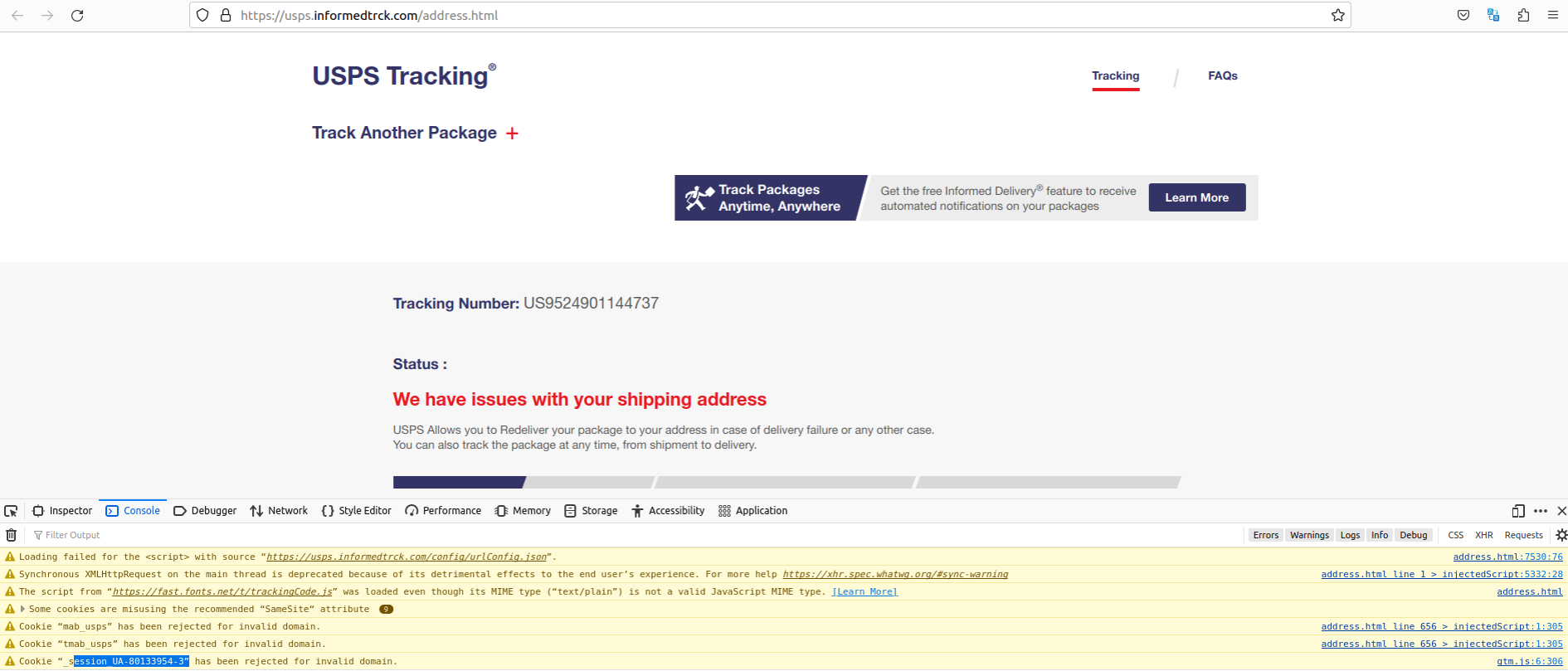
Notice the highlighted Google Analytics code exposed by a faulty Javascript element on the phishing website. Click to enlarge. That code actually belongs to the USPS.
The valid domain for that Google Analytics code is the official usps.com website. According to dnslytics.com, that same analytics code has shown up on at least six other nearly identical USPS phishing pages dating back nearly as many years, including onlineuspsexpress[.]com, which DomainTools.com says was registered way back in September 2018 to an individual in Nigeria.
A different domain with that same Google Analytics code that was registered in 2021 is peraltansepeda[.]com, which archive.org shows was running a similar set of phishing pages targeting USPS users. DomainTools.com indicates this website name was registered by phishers based in Indonesia.
DomainTools says the above-mentioned USPS phishing domain stamppos[.]com was registered in 2022 via Singapore-based Alibaba.com, but the registrant city and state listed for that domain says “Georgia, AL,” which is not a real location.
Alas, running a search for domains registered through Alibaba to anyone claiming to reside in Georgia, AL reveals nearly 300 recent postal phishing domains ending in “.top.” These domains are either administrative domains obscured by a password-protected login page, or are .top domains phishing customers of the USPS as well as postal services serving other countries.
Those other nations include the Australia Post, An Post (Ireland), Correos.es (Spain), the Costa Rican post, the Chilean Post, the Mexican Postal Service, Poste Italiane (Italy), PostNL (Netherlands), PostNord (Denmark, Norway and Sweden), and Posti (Finland). A complete list of these domains is available here (PDF). Continue reading






